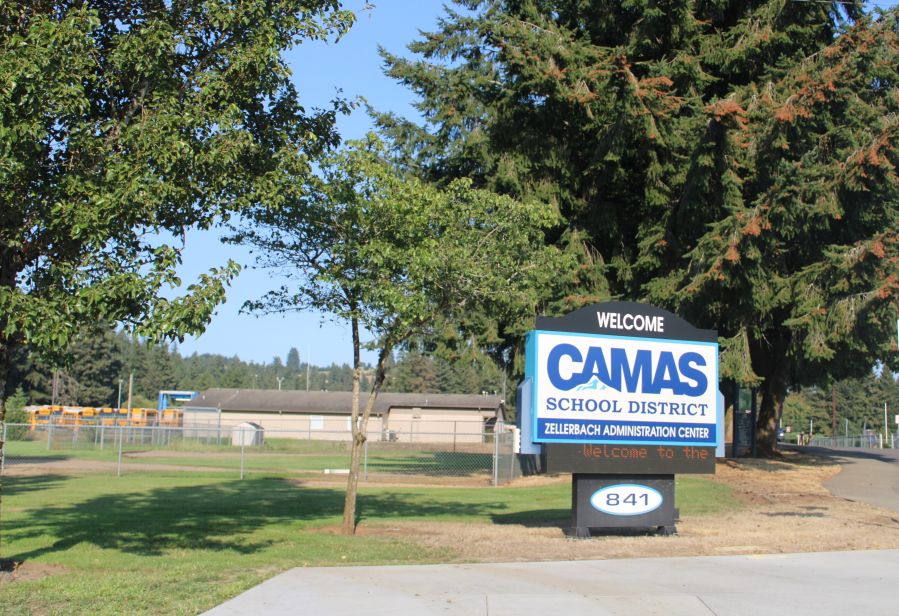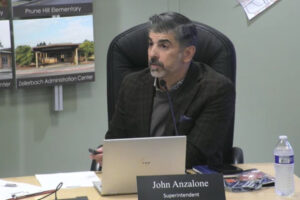“We know data at the state level suggested this was a problem,” Greseth said.
According to the Washington state Office of Superintendent of Public Instruction, the state’s 2018 Healthy Youth Survey given to students in grades 6, 8, 10 and 12, results showed 12.3% of eighth-graders, 18.9% of 10th-graders and 25.2% of 12th-graders said they “had been forced into kissing, sexual touch or intercourse when they did not want to.”
Greseth said many people want to know how these numbers relate to Camas students.
“We always get the question, ‘Well, what about here?'” Greseth said. “We know from survey results from 2021 … that (Camas rates) are lower than the state, which is great, but still follow that trajectory, that increase (with older students reporting more forced kissing, sexual touch or intercourse).”
According to the 2021 Healthy Youth Survey:
- 5.4% of Camas eighth-graders, 14.9% of Camas 10th-graders and 21.6% of Camas 12th-graders reported unwanted kissing, sexual touch or intercourse; and
- 13.3% of Camas eighth-graders, 24.5% of Camas 10th-graders and 32.5% of Camas 12th-graders said they had seen someone their age pressure someone else to kiss, touch or have sex with them when that other person didn’t want to.
“So we’re working up to nearly a third of students who had seen a peer experience that type of (unwanted sexual attention),” Greseth said.
The school district reached out to its Citizens Advisory Committee to better gauge the school district’s thoughts on sexual education and new sexual education curriculum.
Greseth said the committee told school district leaders in February that they should:
- Continue to support parents and families with clear communication and resources around what will be taught to students;
- Partner with families and parents with resources on how to talk to children about sex;
- Respect and include LGBTQIA (lesbian, gay, bisexual, transgender, queer, intersex, asexual/agender) students and families;
- Focus on students feeling safe and having their questions answered;
- Be sensitive to trauma;
- Emphasize the importance of consent; and
- Pay attention to consistency in implementation and teaching.
So how will the new state law alter sexual education lessons at Camas schools? Greseth said the district will expand its curriculum in fifth, sixth and seventh grade classrooms to include affirmative consent and bystander training; will include affirmative consent and bystander training units at the high school level; and will add a new unit using a curriculum known as “CIRCLES,” which discusses levels of boundaries and relationships — from strangers and acquaintances to close friends, family and romantic partners — for high school students who have significant cognitive disabilities.




